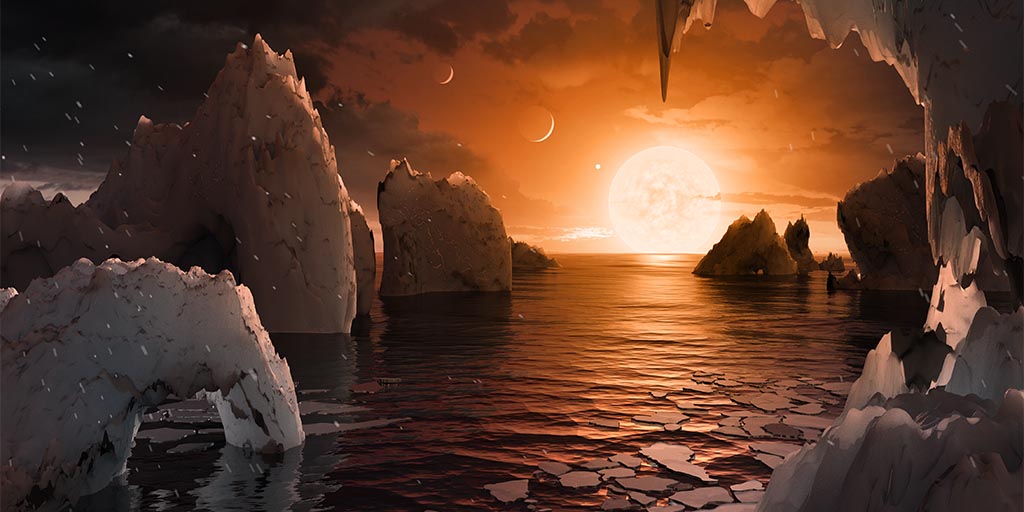Seven Earth-sized planets discovered
 CREDIT: NASA
CREDIT: NASAThis is an illustration of a possible surface of one of the newly discovered planets.
With the help of NASA's Spitzer Space Telescope, seven Earth-sized planets have been discovered surrounding a single star.
The exoplanet system has been given the name TRAPPIST-1 after the Transiting Planets and Planetesimals Small Telescope (TRAPPIST) in Chile.
Researchers using TRAPPIST discovered the initial three planets in May 2016, but with further observations, another four were found.
“There is evidence of at least seven, but it could very well be more even though right now we don't know, but longer observations could reveal something further,” said Stanimir Metchev, Canada Research Chair in Extrasolar Planets and associate professor in the department for planetary science and exploration at Western University.
According the Metchev, this is an extremely unique discovery for two particular reasons, one being the fact that there are so many planets surrounding a single star.
The other reason this discovery is so unique is due to the fact that all of the planets are around Earth's size.
“That's just unique,” Metchev said. “More so in fact they are so tightly packed in their orbits that a few of them seem to reside in the habitable zone of the star.”
According to Metchev, this particular fact is significant because the three planets are more likely to have water in liquid form on their surface.
The fact that there is more than one planet in the habitable zone is also truly unique in this discovery.
What is even more significant is the fact that each of the seven planets have the chance of having life forms due to the fact they are tightly packed in their orbits and are locked on their axis.
With the information that there is a possibility to have life forms on each one of these planets, how confident are researchers that they will actually discover life?
According to Metchev, we will have an answer one way or another come 2018 when NASA launches their James Webb Space Telescope.
Due to its higher sensitivity, Webb will be able to detect the chemical fingerprints of water, methane, oxygen, ozone and other components found in Earth's atmosphere.
“If we see [oxygen and methane] at any given time�that means that these gases are in fact being generated as we speak on these planets, which means that there must be biological forms that are generating these gases. [Biological forms] are the regulating forces of methane and oxygen on earth,” Metchev said.
What this means is with the discovery of methane and oxygen there is a fairly strong indicator of life.
“The combination of these two gases and the atmosphere is a dead ringer for biological life and they could be microbial, that will be fantastic, that will be amazing, that will be the answer to millennia philosophical pondering.”














